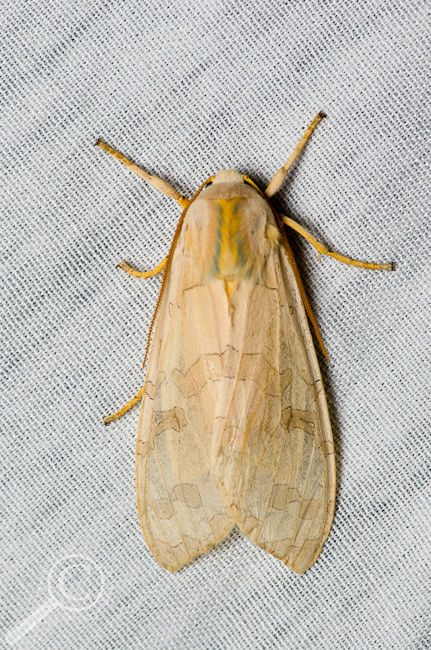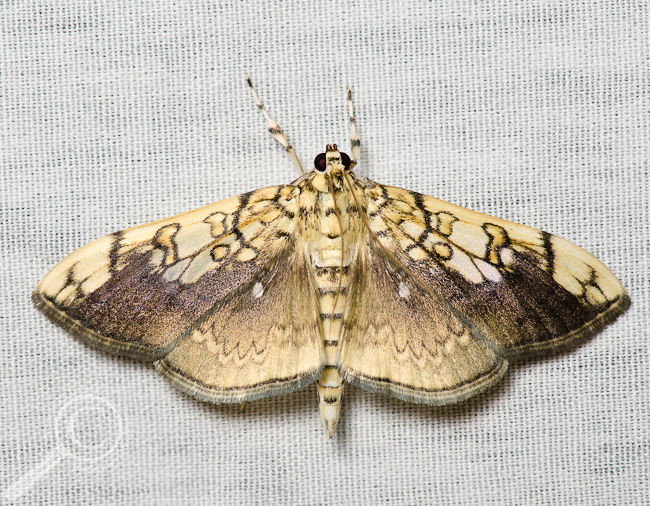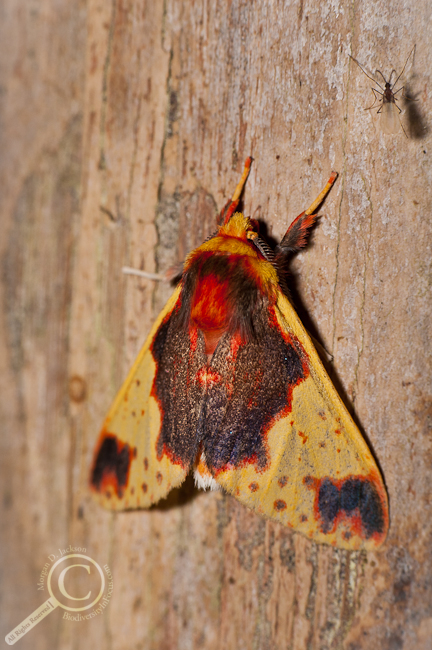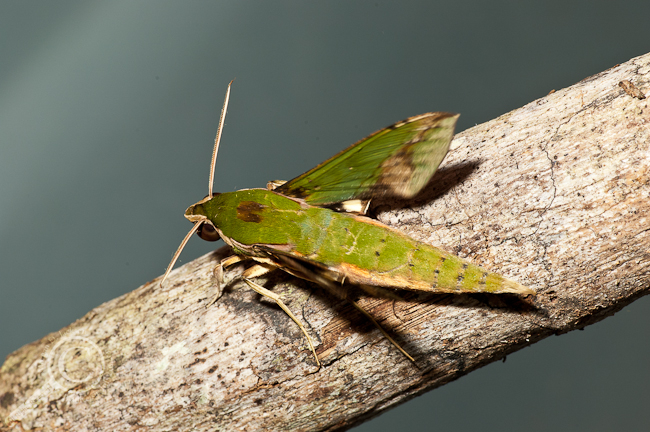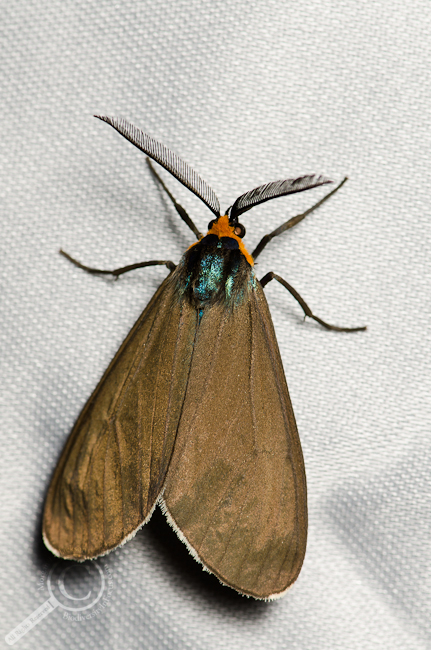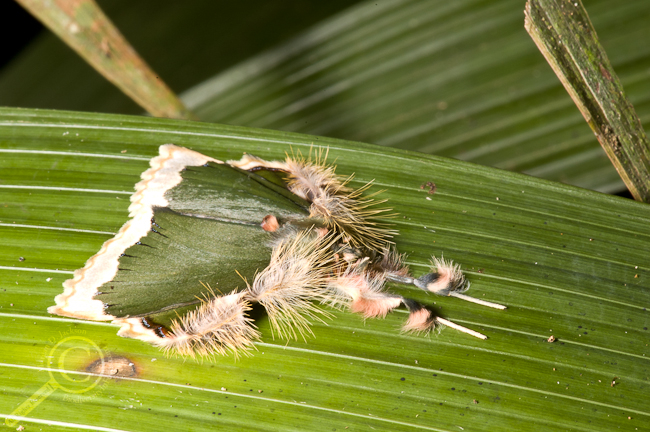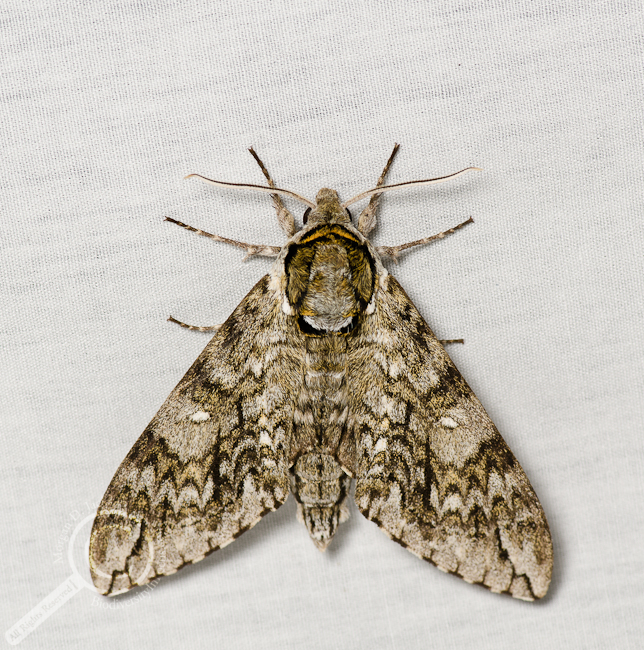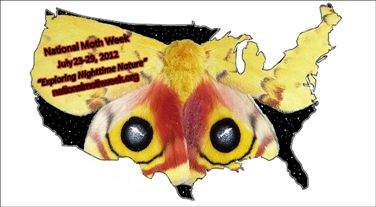So now that National Moth Week is in full swing and you’ve been checking your porch lights at night and flower beds throughout the day, you’re probably looking for some way to identify all the great new additions to your natural history lists.
There are a variety of guides, keys and other identification resources out there for Lepidoptera, and while I’ll be the first to admit that I haven’t taken much time to look through them, these are the ones I turn to first when I absolutely need to identify a “lep”.
Butterflies & Skippers
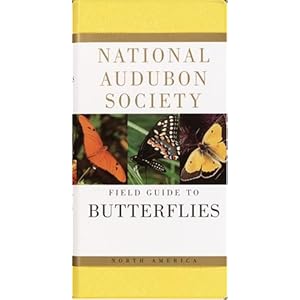 Butterflies are what my friends and I like to call “honourary birds” because there are so many people out looking for them, and there are a large number of field guides produced to help with their identification. My personal choice is the National Audubon Society Field Guide to North American Butterflies, which has fairly good live photos and detailed life history information. If I were to nitpick, I’d wish for actual range maps rather than range descriptions, and more photos of the butterflies would be nice (especially for those species which are only illustrated with one photo — a couple of times I’ve not been able to ID my photos because the representative photo had its wings closed while my photo had its wings open or vice versa).
Butterflies are what my friends and I like to call “honourary birds” because there are so many people out looking for them, and there are a large number of field guides produced to help with their identification. My personal choice is the National Audubon Society Field Guide to North American Butterflies, which has fairly good live photos and detailed life history information. If I were to nitpick, I’d wish for actual range maps rather than range descriptions, and more photos of the butterflies would be nice (especially for those species which are only illustrated with one photo — a couple of times I’ve not been able to ID my photos because the representative photo had its wings closed while my photo had its wings open or vice versa).
I recently downloaded the digital app version of this field guide for my iPhone, and absolutely loved it! The Audubon Society has added plenty of new photos and still included all of the natural history information from the print edition (although still no maps…). Being in a digital format means that searching for species is a breeze, and they’ve added some social media connectivity, allowing you to share your finds from the field to Facebook. They also offer personal accounts so you can keep lists of your sightings which work across all of their field guide apps (I also have their North American Insects, Birds, Mammals, Flowers and Trees apps on my phone). I love having all this natural history information literally in my pocket and available whenever and wherever I may be!
Normally $10 (which is cheap compared to the print version at $15-25) the app is available for both Apple and Android devices. Even better, the team at Audubon has dropped the price for the app to just $0.99 until Sunday July 29th in honour of National Moth Week! Definitely a great deal and well worth a Loonie (or dollar bill).
Moths
 Until recently I never really had a good guide to moths that I could reliably get IDs from. Normally I’d have to figure out what family they belonged to, and then start searching through BugGuide to find a photo of something that looked about right. Needless to say, that took a long damn time and resulted in me not paying much attention to moths beyond a casual ID of big species.
Until recently I never really had a good guide to moths that I could reliably get IDs from. Normally I’d have to figure out what family they belonged to, and then start searching through BugGuide to find a photo of something that looked about right. Needless to say, that took a long damn time and resulted in me not paying much attention to moths beyond a casual ID of big species.
All that’s changed now that I’ve got a copy of David Beadle & Seabrooke Leckie‘s Peterson Field Guide to Moths of Northeastern North America. This field guide is fantastic, and a great addition to both the Peterson field guide family and my collection. The book seems nearly comprehensive for the area (there are a few noticeable things not included, like the wingless female Fall Cankerworm I showcased the other day – the winged male is included though), apparently including nearly 1,500 species, ranging from tiny micro-moths to big eye-catching species, and the photos are excellent for helping with identifications. Its taken me a little bit of time to learn the different groups and body forms of moths that are used to group similar things together, but the authors included a really useful silhouette guide at the back of the book to help n00bs like myself (one nit pick: I wish they had included page numbers under the silhouettes directing you to the start of the appropriate section). Every page also includes a life-sized shadow for a moth on the page, with the remaining images on the page displayed to scale appropriately. Because the guide includes so many species it can be tough finding the correct group to start with, but there’s only been a couple of species that I’ve been stumped by so far. At 610 pages it’s not a small guide, and there is very limited natural history information included, with the authors choosing to include bigger photos over other information (which is fine with me). Plus they have graphical range maps and flight periods, and indicate how common or rare each species is which I really like.
I can definitely see myself picking up a 2nd copy to leave up at the cottage, and I can see myself paying a little more attention to moths from now on now that I’m confident I can identify them!
Technical Keys
Of course if you can’t seem to identify a moth or butterfly, you can always turn to a technical key like Jason Dombroskie’s CJAI matrix key to the Lepidoptera of Canada (I wrote up my thoughts on it previously). It’s certainly not for beginners, and usually requires a dead, preserved specimen and observation under a microscope or magnifying loupe, but if all else fails, it is as good a resource as any.
Do you have a favourite guide to identify moths and butterflies? Feel free to leave your suggestions below in the comments, I’m always looking to expand my collection!

